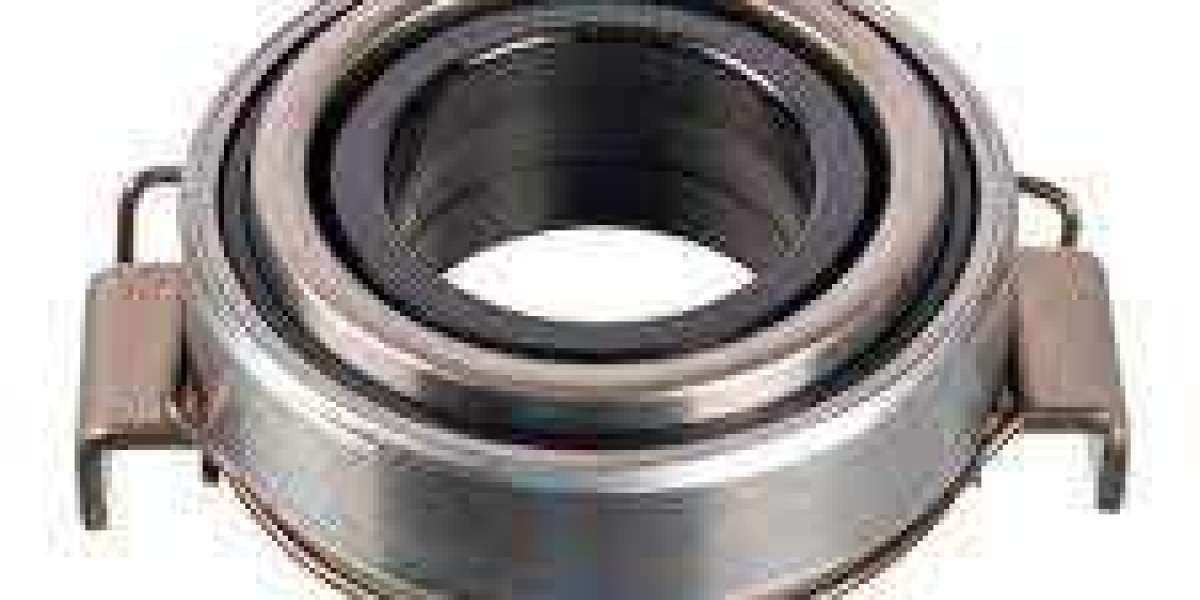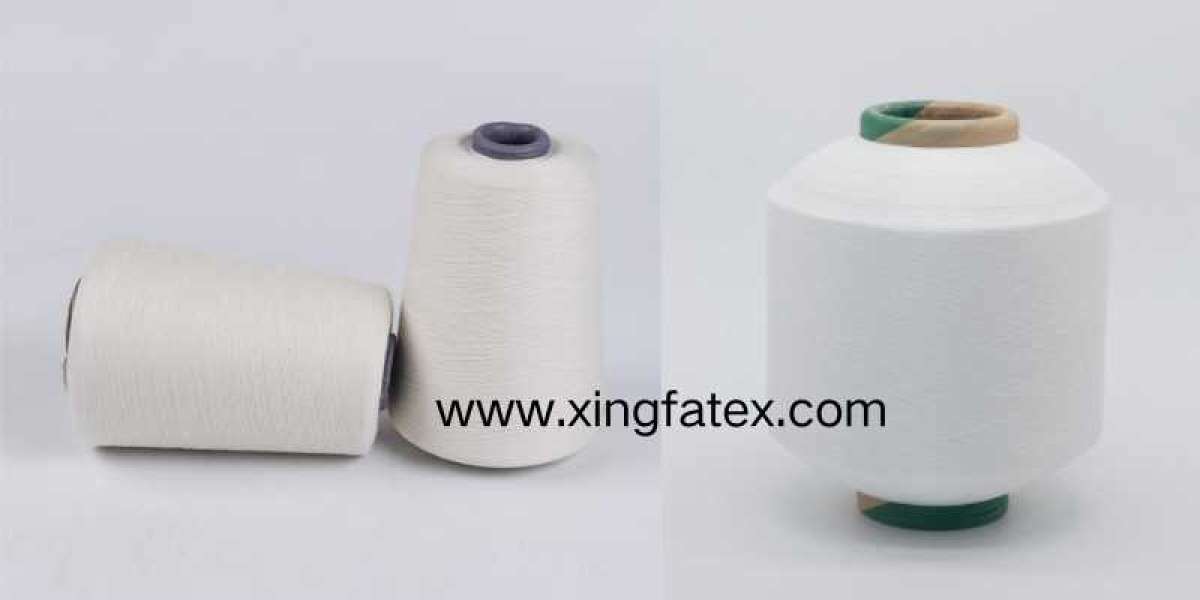A clutch release bearing is a vital part of a vehicle’s clutch system. Its main role is to ensure smooth engagement and disengagement between the engine and transmission. Without it, you would feel rough gear shifts and hear unusual noises while driving.
In this article, I will explain how a clutch release bearing works, the warning signs of failure, and when to replace it. You will also find practical tips for maintenance so you can avoid costly repairs. For more technical details, you can also explore this clutch release bearing guide.
What Is a Clutch Release Bearing?
The clutch release bearing, also called a throw-out bearing, is located between the clutch fork and the pressure plate diaphragm. Its job is to press against the pressure plate fingers when you press the clutch pedal, allowing the clutch disc to disengage from the flywheel.
Key functions include:
Smooth clutch pedal movement
Reducing vibration and noise during operation
Helping extend clutch system lifespan
How It Works in a Vehicle’s Clutch System
When you press the clutch pedal:
The clutch fork pushes the release bearing toward the pressure plate.
The bearing applies even pressure to disengage the clutch.
This action stops power transfer from the engine to the gearbox, allowing safe gear changes.
When you release the pedal, the bearing moves away, allowing the clutch to re-engage.
Common Warning Signs of a Failing Clutch Release Bearing
A worn or damaged bearing can cause several issues. Look for these symptoms:
Grinding noise when pressing the clutch pedal
Difficulty shifting gears
Vibrations felt in the clutch pedal
Clutch slippage during acceleration
Ignoring these signs can lead to further damage to the clutch assembly.
Replacement Tips Maintenance Advice
Replacing a clutch release bearing often requires removing the transmission, so it’s best to do it together with a new clutch kit.
Maintenance tips:
Avoid riding the clutch pedal unnecessarily
Schedule timely clutch inspections
Use high-quality replacement parts
For buying and fitting quality bearings, you can visit the official clutch release bearing page.
Conclusion
The clutch release bearing is small but essential for smooth driving. By understanding how it works and spotting early warning signs, you can prevent major transmission problems. Regular maintenance and quality parts will keep your vehicle running efficiently for years.



